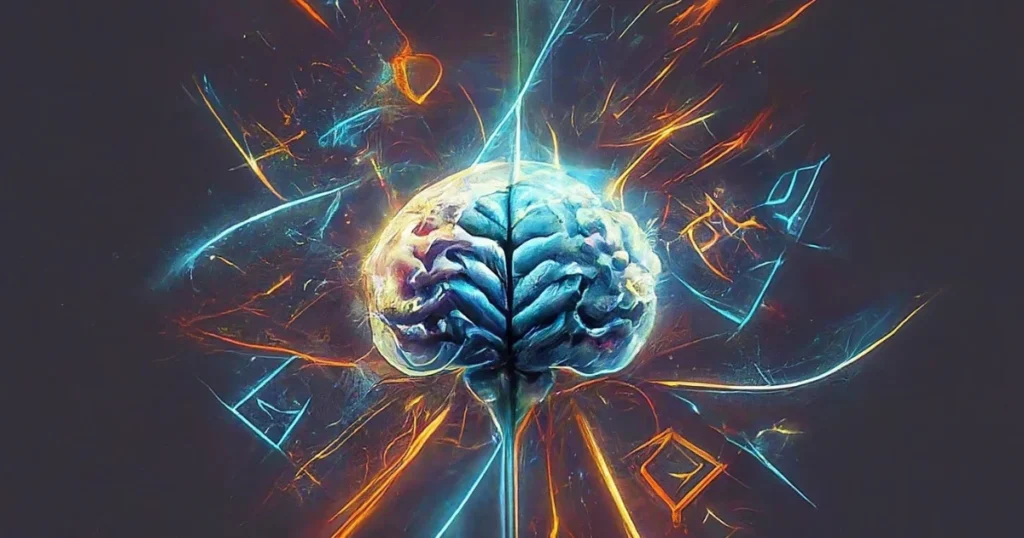To successfully code artificial intelligence, you need to understand the fundamentals of AI, choose the correct programming language and tools, gather high-quality data, and follow a systematic approach to build your AI projects.
In this guide, we will break down the essential steps to coding AI, making it accessible for both beginners and seasoned programmers.
Understanding the Basics of AI
Before diving into coding, it’s vital to grasp the different types of AI:
- Artificial Narrow Intelligence (ANI): This is the most common type of AI designed to perform specific tasks, such as voice recognition or image classification. Think of Siri or Google Assistant.
- Artificial General Intelligence (AGI): A theoretical form of AI that would possess human-like cognitive abilities across various domains. While still a concept, AGI represents the ultimate goal for many researchers.
- Artificial Superintelligence (ASI): This type would surpass human intelligence, capable of outsmarting humans in virtually every task. While this is still a distant possibility, it sparks discussions on ethics and the future of AI.
Key Concepts to Understand
Familiarize yourself with foundational concepts like machine learning, neural networks, and data science. These elements will form the backbone of your AI projects.
Essential Skills and Tools for Coding AI
The choice of programming language can significantly impact your development process. Here are the most popular languages for AI:
- Python: Widely considered the best language for beginners, Python offers a straightforward syntax and powerful libraries like TensorFlow and PyTorch
- R: Ideal for statistical analysis and data visualization, R is frequently used in data science and machine learning.
- Java: Known for its portability and efficiency, Java is often used in large-scale enterprise applications.

Libraries and Frameworks
Utilizing the correct libraries can save you time and enhance your project:
- TensorFlow: Developed by Google, TensorFlow is a flexible and powerful library for numerical computation and machine learning
- PyTorch: Preferred by researchers, PyTorch allows for dynamic computation graphs, making it easier to experiment with new ideas.
- scikit-learn: Perfect for beginners, this library provides simple and efficient tools for data mining and data analysis.
Development Environment
Set up your coding environment using tools like Jupyter Notebook or Anaconda to facilitate easy coding and data visualization.
Building Your First AI Project: Step-by-Step Guide

Define the Problem
Start by identifying a specific problem that AI can solve. Clear objectives guide your development process.
Data Collection
Gather high-quality data essential for training your AI model. Data can be categorized as:
- Structured Data: Easily searchable and well-organized information, like databases.
- Unstructured Data: More complex data like images, audio, or text.
Choose Your Model
Selecting the suitable AI model depends on the problem type—whether it’s a classification, regression, or clustering task
Advanced AI Concepts

Once you’re comfortable with the basics, delve into advanced topics:
Deep Learning
Deep learning is a subset of machine learning that utilizes neural networks with multiple layers. It excels in complex tasks like image and speech recognition
Reinforcement Learning
This area of AI focuses on training agents to make decisions by rewarding desired actions and punishing undesirable ones. It’s widely used in robotics and gaming.
Common Challenges and Solutions in AI Development
Data Issues
Data quality can make or break your AI project. Ensure your data is clean and unbiased
Overfitting vs. Underfitting
Understand the balance between overfitting (model too complex) and underfitting (model too simple). Techniques like cross-validation can help you find the right fit
Future Trends in AI:
As AI evolves, keep an eye on emerging technologies such as:
- Automated Machine Learning (AutoML): Tools that automate applying machine learning to real-world problems.
- Edge AI: Processing data on devices rather than in centralized cloud systems, improving speed and privacy.

Resources for Further Learning
Books and Courses
Consider exploring online platforms like Coursera, edX, or Udacity for structured learning paths.
Community and Forums
Engage with the AI community on platforms like GitHub or Stack Overflow to collaborate, share knowledge, and get support.
Conclusion
Coding artificial intelligence is an exciting journey that combines creativity, technical skills, and problem-solving. You can create innovative AI solutions by understanding the fundamentals, choosing the right tools, and continuously learning. Start your coding adventure today and embrace AI’s endless possibilities!






